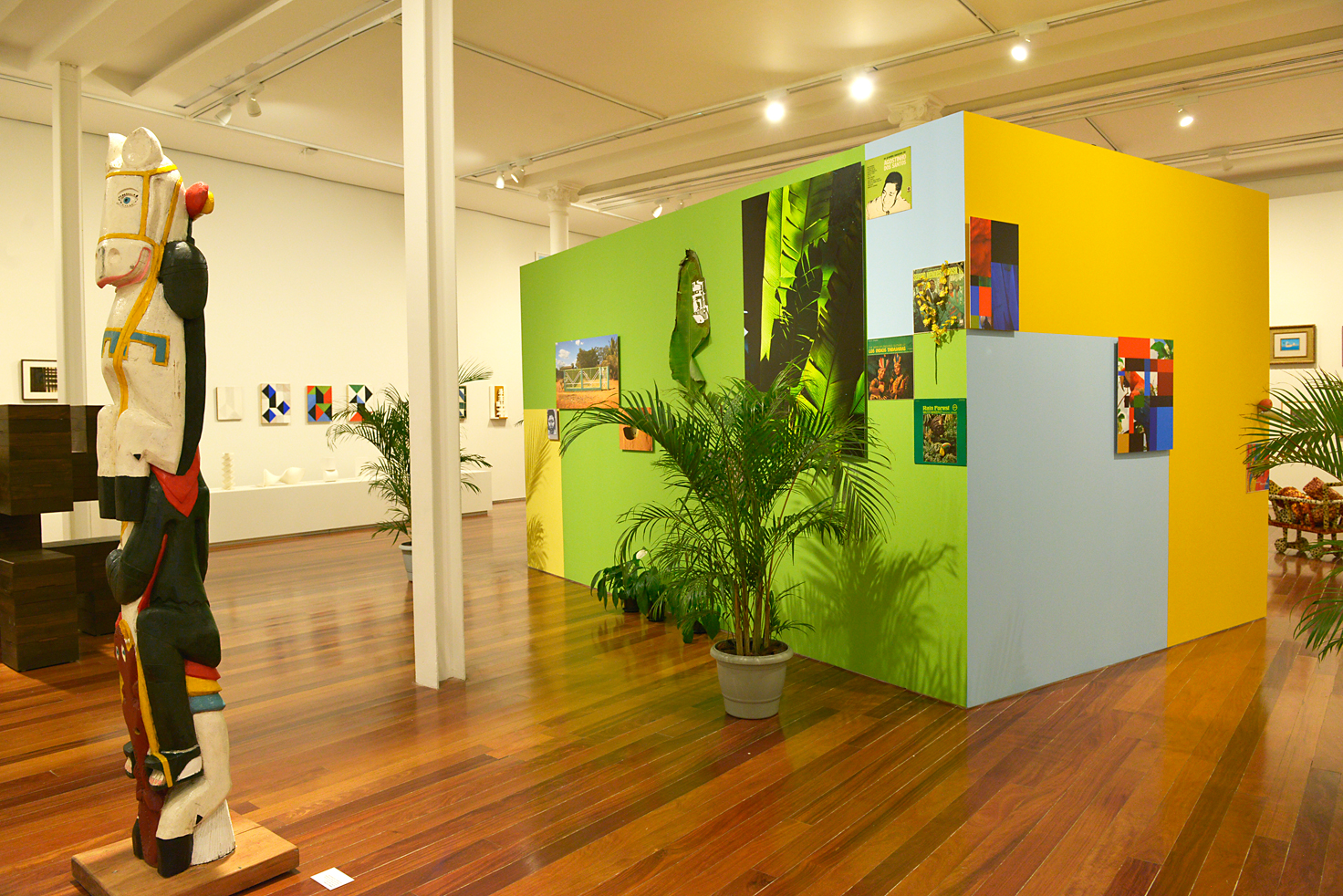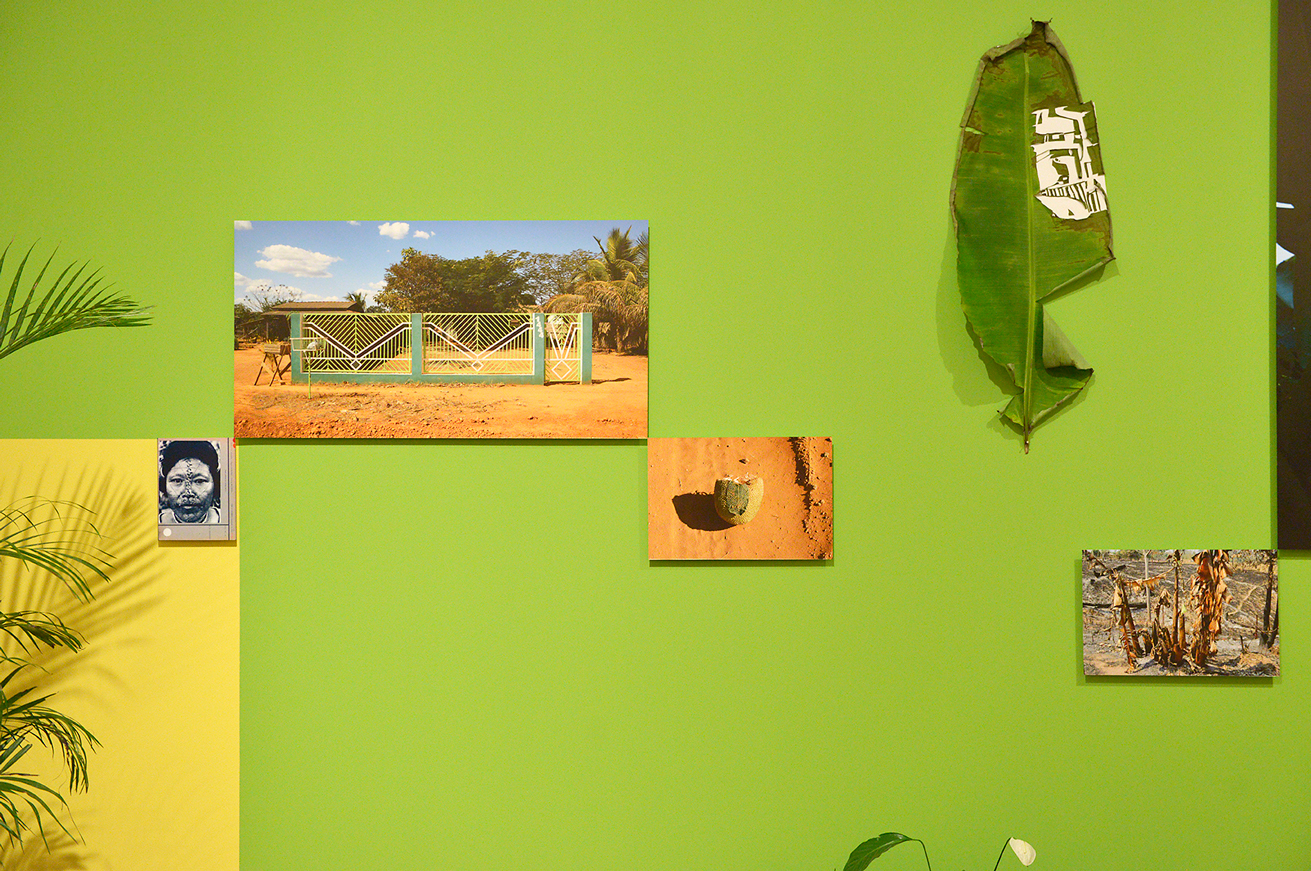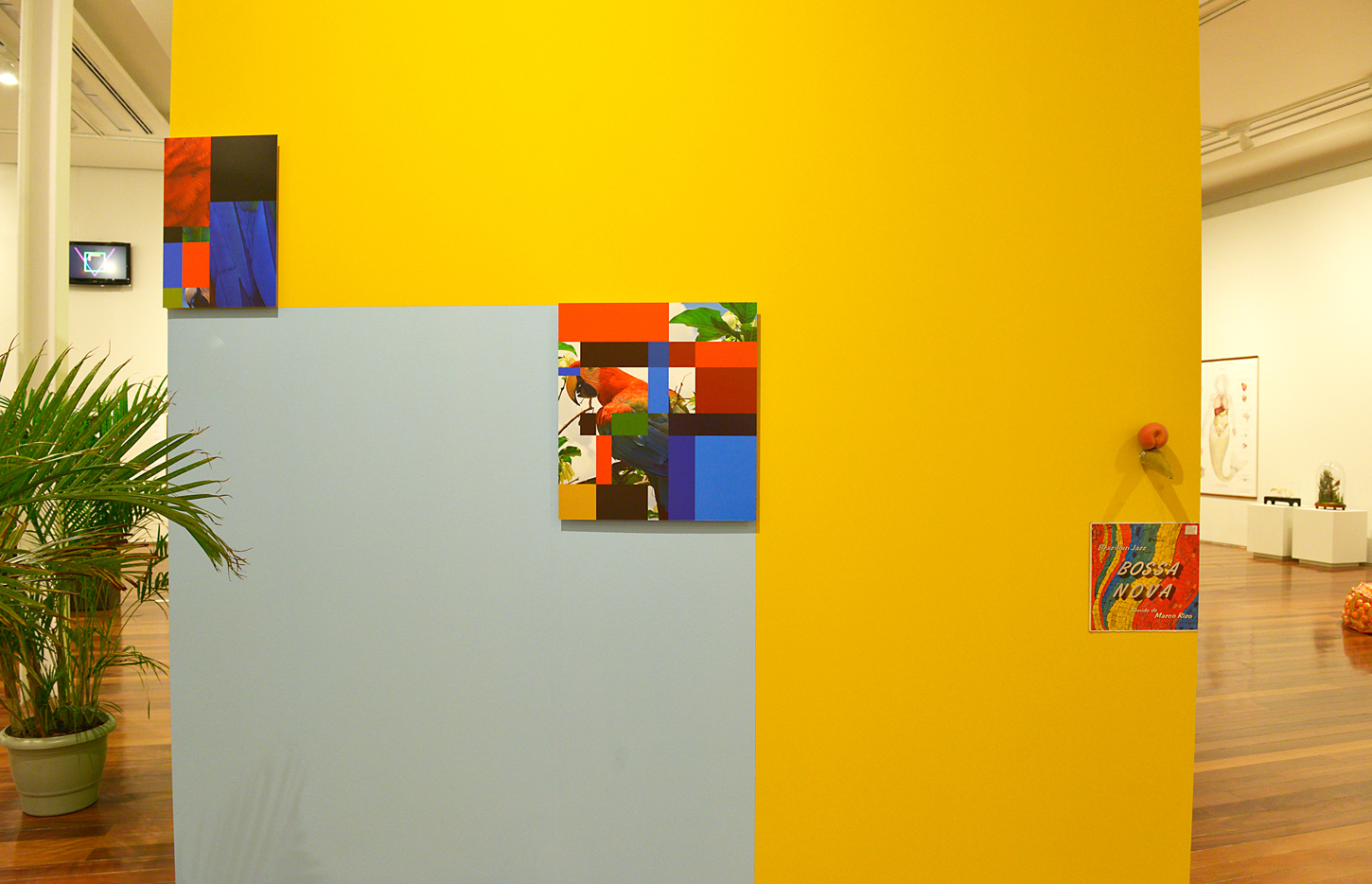Modernismo Chamánico
at Museu de Arte do Rio de Janeiro






"This tropical architecture established a dialogue with nature not to camouflage itself, but to contend with it. In some cases, it acquired an emblematic presence that not only competes with mango trees, coconut palms and parrots, but also imitates them… When the shaman impersonates animals, speaks their tongues and emulates their movements, his actions are not just a manifestation of hysteria but the careful construction of a sign, one that indicates to the tribe that he has entered the "edenic stage". The holy man now embodies the spirits of animals and plants and much more, because in that process of transformation he has gone up a ladder or a tree and is coming down with a message from the creator.
It seems plausible that the next trend in architecture will openly embrace shamanistic strategies. In the near future we may come to see a bizarre array of organic buildings acquiring the status of natural specimens. Parrot color-chart architecture, banana institutional buildings, pineapple churches, crocodilian houses, snake promenades, toucan theaters, orchid train stations, etc. If in the process, all species end up being represented, entire cities could become inventories of the natural kingdom and the whole of the modern world a monumental paradise."
Excerpts from “Modernismo Tropical” by Sergio Vega, edited by Valerie Smith, published at “Down the Garden Path: The Artist’ Garden After Modernism”, Queens Museum of Art, NY 2005, and “Between Walls and Windows, Architecture and Ideology”, Hatje Cantz, Berlin 2012.

